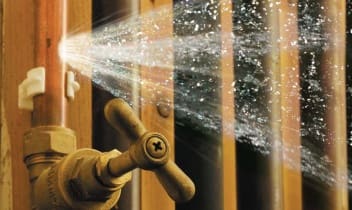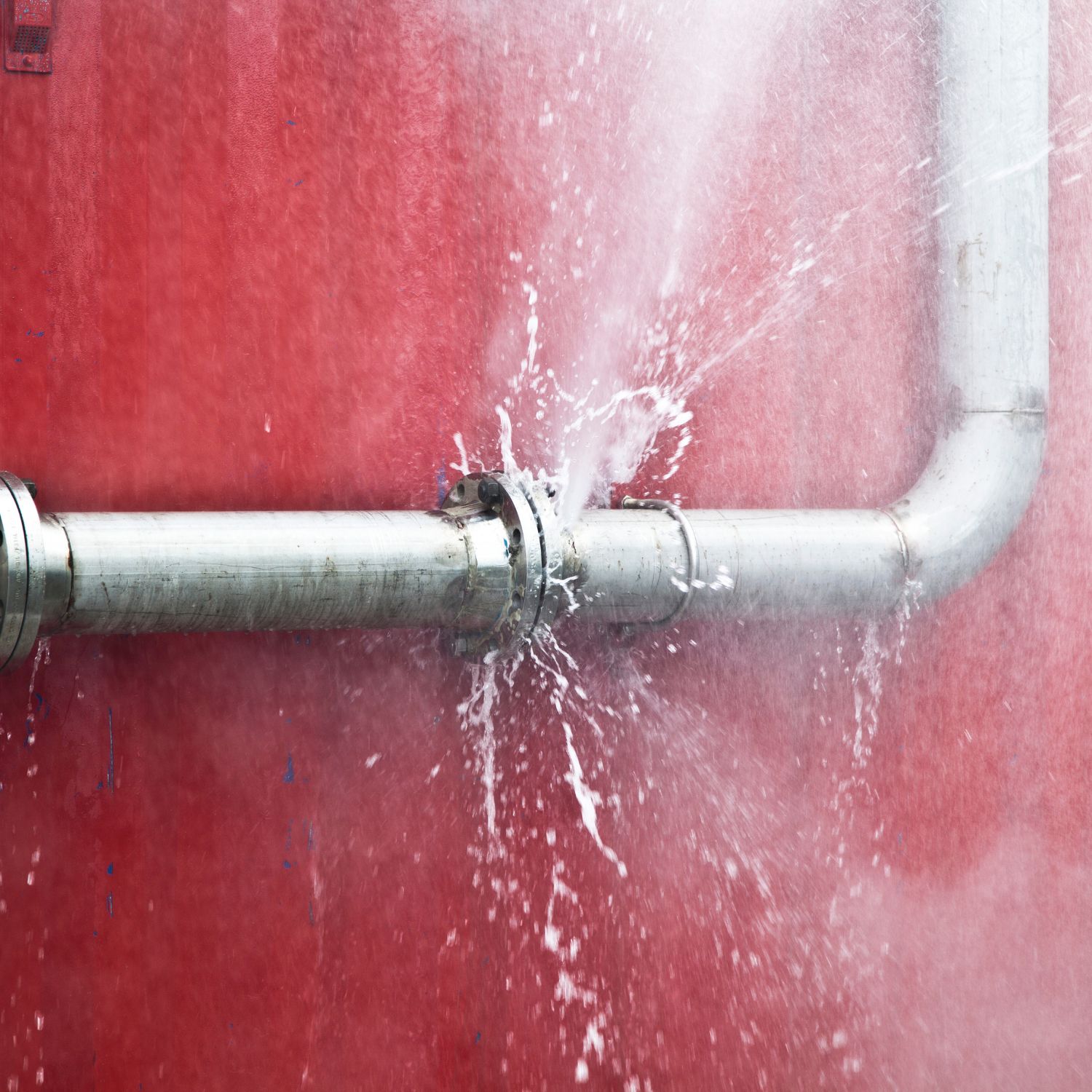How to Fix a Burst Pipe Yourself: A Step-by-Step Guide for Homeowners
How to Fix a Burst Pipe Yourself: A Step-by-Step Guide for Homeowners
Blog Article
Preventing Ruptured Pipeline: Vital Tips to Safeguard Your Pipes
Preventing burst pipes is a crucial issue for home owners, especially during chillier months when the risk of cold is increased. Implementing critical measures such as proper insulation, routine assessments, and preserving regular interior temperatures can significantly decrease the possibility of pipeline failing.
Understand Pipe Vulnerabilities
Understanding pipeline vulnerabilities is essential for reliable plumbing upkeep and protecting against pricey damages. Several variables contribute to the vulnerability of pipes to ruptureds, consisting of product make-up, age, and environmental conditions. Older pipelines, especially those made from galvanized steel or polybutylene, frequently deteriorate over time, causing increased danger of tears and leaks.
Temperature variations can also significantly effect pipe stability. In colder environments, water entraped in pipelines can ice up, broadening and applying stress on the pipeline walls, which may ultimately bring about a burst. High water pressure can strain pipelines, especially at bends and joints, enhancing the possibility of failing.

Insulate Piping Properly
Proper insulation of pipes is vital for preventing cold and succeeding ruptureds during winter (burst pipe). Protecting your pipes system efficiently safeguards against temperature drops that can bring about expensive damage. Begin by identifying at risk locations where pipes are revealed to outdoor temperatures, such as basements, attics, and exterior walls
Usage foam pipeline insulation sleeves or cover insulation tape around these areas to supply a safety barrier. Guarantee that all areas of the pipes, especially those with minimal warm exposure, obtain ample insulation. Pay special focus to fittings and joints, as these are more vulnerable to cold.
When shielding, it's vital to choose materials that satisfy regional building regulations and are proper for the details atmosphere. Fiberglass insulation is typically suggested for its thermal resistance homes. Furthermore, think about using heat cable televisions or tape in extreme conditions, which can be connected in to offer supplemental warm
Regularly examine protected pipelines for any kind of indications of wear or damages, as jeopardized insulation can decrease its efficiency. By taking these proactive actions, you significantly decrease the threat of pipe bursts, guaranteeing a reliable plumbing system throughout the winter season.
Maintain Constant Temperature Level
A steady interior temperature is crucial for avoiding burst pipelines throughout the cold months. When temperature levels decrease, water within pipelines can ice up, developing and increasing stress that may eventually cause the pipes to ruptured. To mitigate this danger, home owners must maintain a consistent temperature throughout their living area, ideally no less than 55 ° F(13 ° C)Making use of a programmable thermostat can help this page take care of interior temperatures read properly, guaranteeing that spaces with pipes remain cozy even when the house is empty. Pay unique focus to locations that are a lot more prone to chilly, such as cellars, attic rooms, and garages. Keeping cabinet doors open under sinks can likewise allow warmer air from the home to flow around pipes.
This minor flow of water can prevent cold by reducing stress within the pipelines. By implementing these approaches, home owners can considerably reduce the risk of pipeline bursts and guard their plumbing systems versus the extreme winter season aspects.
Frequently Evaluate Plumbing
Regular assessments of pipes systems are essential for stopping ruptured pipes and keeping overall home honesty. Throughout these inspections, it is crucial to take a look at noticeable pipes for signs of rust, leakages, or wear.
Additionally, examining links and joints is important, as these points are typically prone to leaks. Home owners should additionally evaluate water pressure levels, as too much stress can strain the plumbing system and enhance the danger of pipe ruptureds.
Take into consideration organizing professional plumbing assessments at the very least once a year, especially prior to winter, to guarantee your system is prepared for colder temperature levels. By being aggressive in your technique, you can safeguard your home versus the disruptive and expensive consequences of ruptured pipelines.
Know Emergency Situation Treatments
Recognizing emergency treatments is crucial for every home owner, especially after performing routine pipes inspections. Being prepared for a pipes emergency situation can substantially alleviate damages and conserve prices.
Following, maintain important devices handy. A plumbing emergency situation kit must include a wrench, plunger, and towels, in addition to a flashlight and a container for little leaks. In addition, consider having the get in touch with information for a trusted plumbing technician easily offered, ought to the circumstance rise beyond your control.
If you detect a leakage or burst pipeline, instantly switch off the water and inform your plumbing professional. Furthermore, document the damages with photographs for insurance policy objectives. burst pipe. Recognize the indications of potential plumbing issues, such as unusual water pressure changes or damp places on wall surfaces
Inevitably, positive expertise and swift action More hints are essential in managing plumbing emergency situations, ensuring your home continues to be safeguarded and reducing prospective damage.

Verdict
Finally, stopping burst pipes demands a complex technique that consists of understanding pipeline vulnerabilities, correct insulation, maintaining constant interior temperatures, normal evaluations, and understanding of emergency treatments. By implementing these important techniques, the risk of plumbing failures can be dramatically lowered, thereby ensuring the long life and effectiveness of the pipes system. Proactive actions not just secure versus possible damage yet also add to overall water preservation and the protection of residential or commercial property.
In cooler climates, water entraped in pipelines can freeze, broadening and exerting stress on the pipe walls, which may ultimately lead to a ruptured. When temperature levels decline, water within pipes can ice up, producing and increasing stress that might ultimately trigger the pipes to burst. By carrying out these techniques, home owners can substantially lower the threat of pipeline bursts and safeguard their plumbing systems versus the rough winter months components.

Report this page